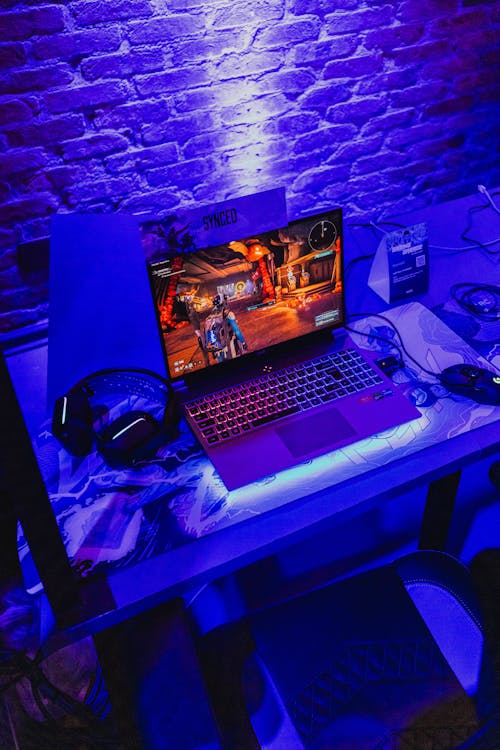Here in the digital age, it’s crucial for businesses throughout all industries to have a strong online presence. While social media and content streaming platforms can do wonders for brand awareness and development, nevertheless, well-designed websites serve as a central platform to engage audiences, promote products and services and build a loyal community.
However, what works in terms of web design for a company operating in the engineering field won’t necessarily translate to a gaming company. In this guide, we’ll dive into good design practice for gaming brands and companies, including professional eSports players.
Why All Gaming Companies Need a Bespoke Website
The modern day gaming ecosystem is huge and encompasses development studios, gaming platforms, hardware manufacturers, eSports players and teams, and hundreds of new start-ups, all of which have different needs and requirements from a website. Game development studios for instance, will use their sites to showcase new products, provide news updates and act as a central hub for anything and everything to do with their IP.
On the other end of the spectrum, an eSports player will rely on their online presence to connect with the gaming community, but it also acts as a professional portfolio. A website is where they can establish their unique brand, sharing key achievements and gameplay highlights while putting out engaging content for their fanbase. As a result, it would be pretty difficult for an “off the rack” website design to meet the specific demands of each and every organization or brand in the industry.
Impactful Gaming Website Design
So, how should games companies and players go about creating impactful websites? The process begins with choosing a feel or style of the overall design. For the most part, minimalist, immersive and theme-based designs work well for the majority of entities in the gaming ecosystem.

Let’s take a closer look at each:
Immersive Design
Particularly suited to game development studios, immersive designs immediately capture an audiences’ attention, generating specific responses through interactive elements and multimedia experiences. Dynamic animation, video backgrounds and features like parallax scrolling encourage site users to investigate and engage with content, building anticipation for upcoming gaming releases.
Rockstargames.com the flagship website for the studio behind hit titles like the Grand Theft Auto franchise stands out as being one of the most well-crafted, immersive websites in the industry. Right from landing on the homepage, users can watch trailers for upcoming releases and view online-exclusive content. By scrolling down or heading to the navigation menu, it’s then possible to access mini-sites for featured games like Red Dead Redemption II, which deliver heightened levels of immersion and interaction.
Themed Design
Another effective approach to designing gaming websites that can deliver results is a theme-based design. Themed designs draw inspiration from specific gaming genres, narratives or environments to create a cohesive digital atmosphere. Customized graphics, fonts, and color schemes can reinforce the core identity, establishing a unique brand presence that resonates with the target audience.
A great example of a thematic web design can be seen in the official platform for the PokerStars Casino brand. The iGaming specialist has taken its iconic red and black spade logo and made it the basis of its digital presence, carrying the theme throughout vertical-specific sections, such as the landing page for its digital blackjack variants. The site layout also brings other design elements into the mix too, with playable content and numerous resources facilitating user exploration and engagement.
Minimalist Design
Simplicity, clarity and functionality are the watchwords of a minimalist design, making it an ideal approach for gaming brands aiming to showcase their products. Clean layouts with ample whitespace allow the focus to remain on essential elements, while intuitive navigation and streamlined user interfaces ensure a frictionless browsing experience, enhancing usability and engagement.
The brand may have taken a bolder approach to its color scheme, but the Razer Inc website is a fantastic example of minimal website design. Visitors to the site immediately get a sense of the brand’s focus on cutting edge technology, with sections of the homepage devoted to the newest laptop models as well as key lines like the Razer Esports line.












